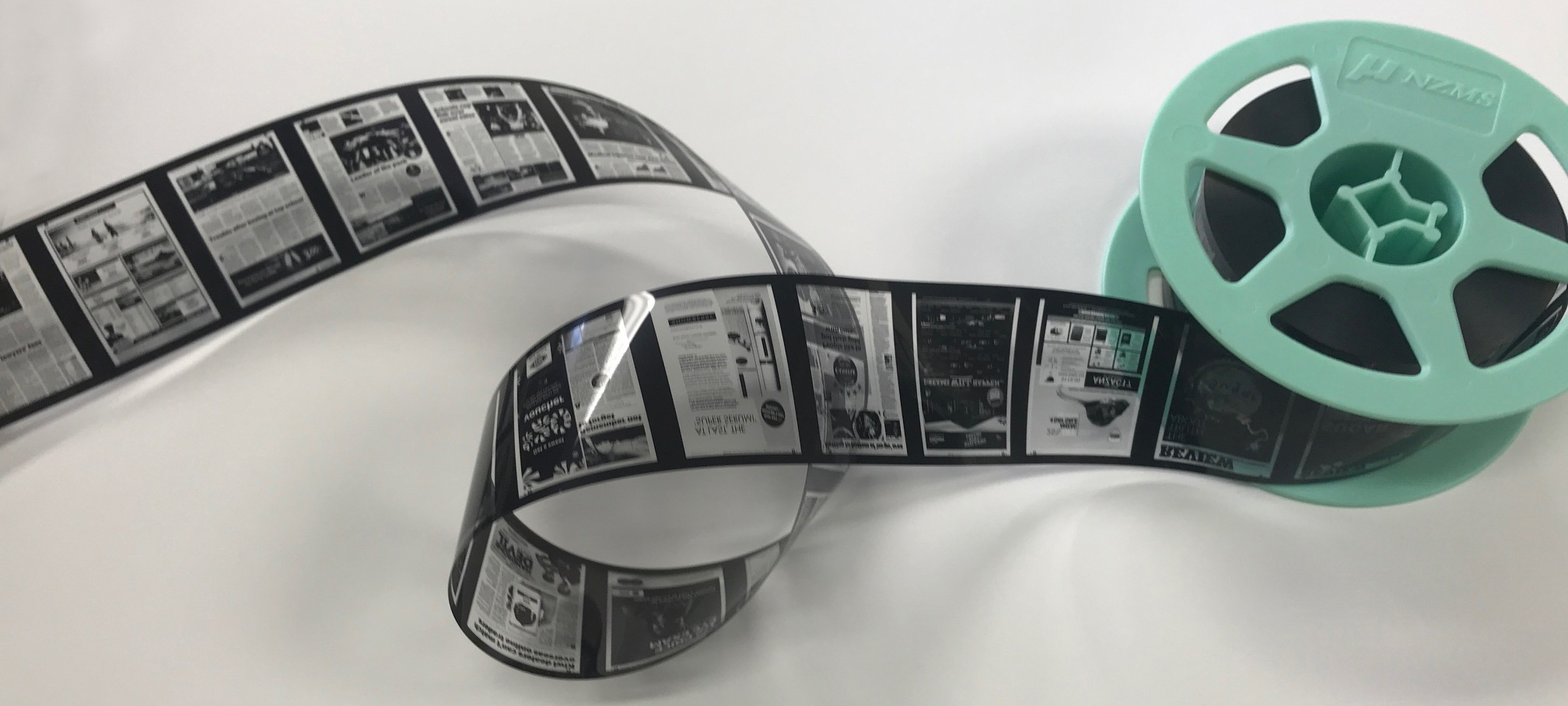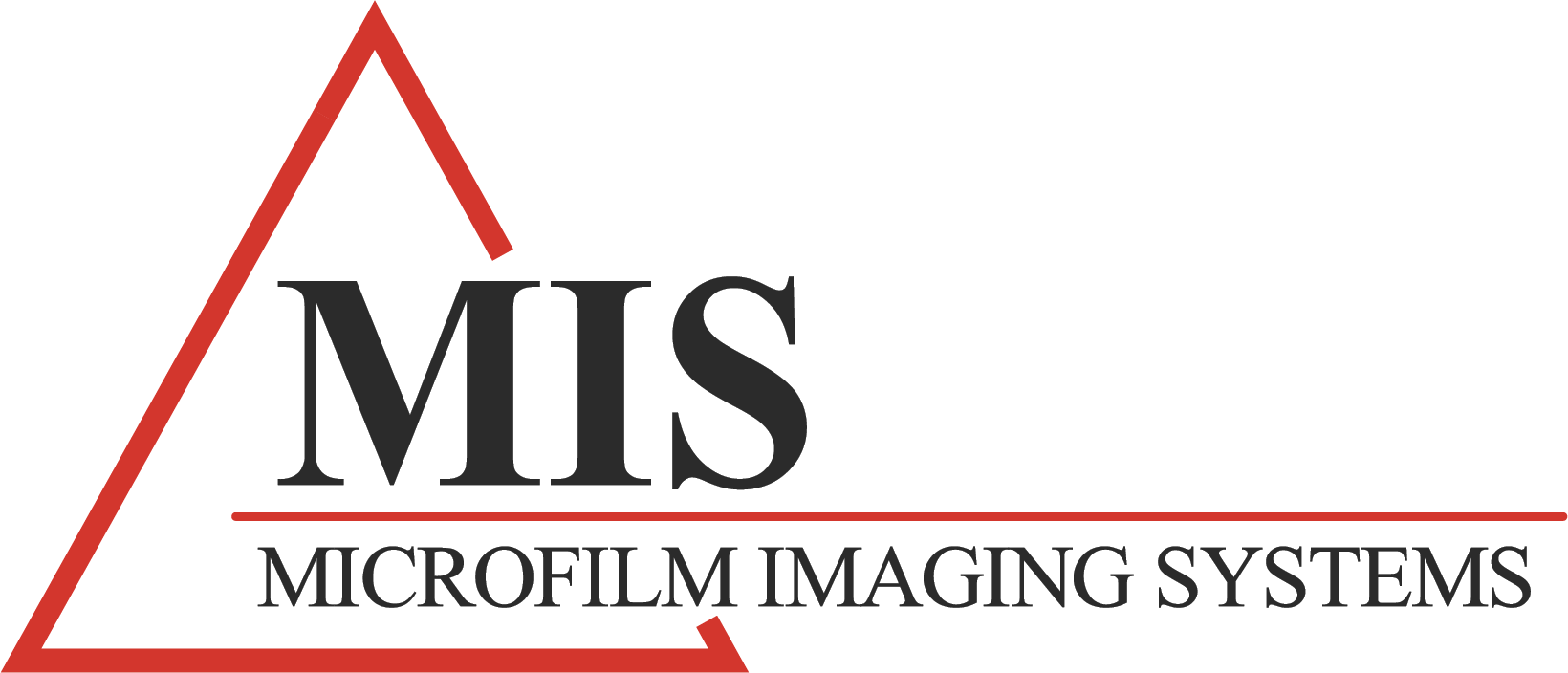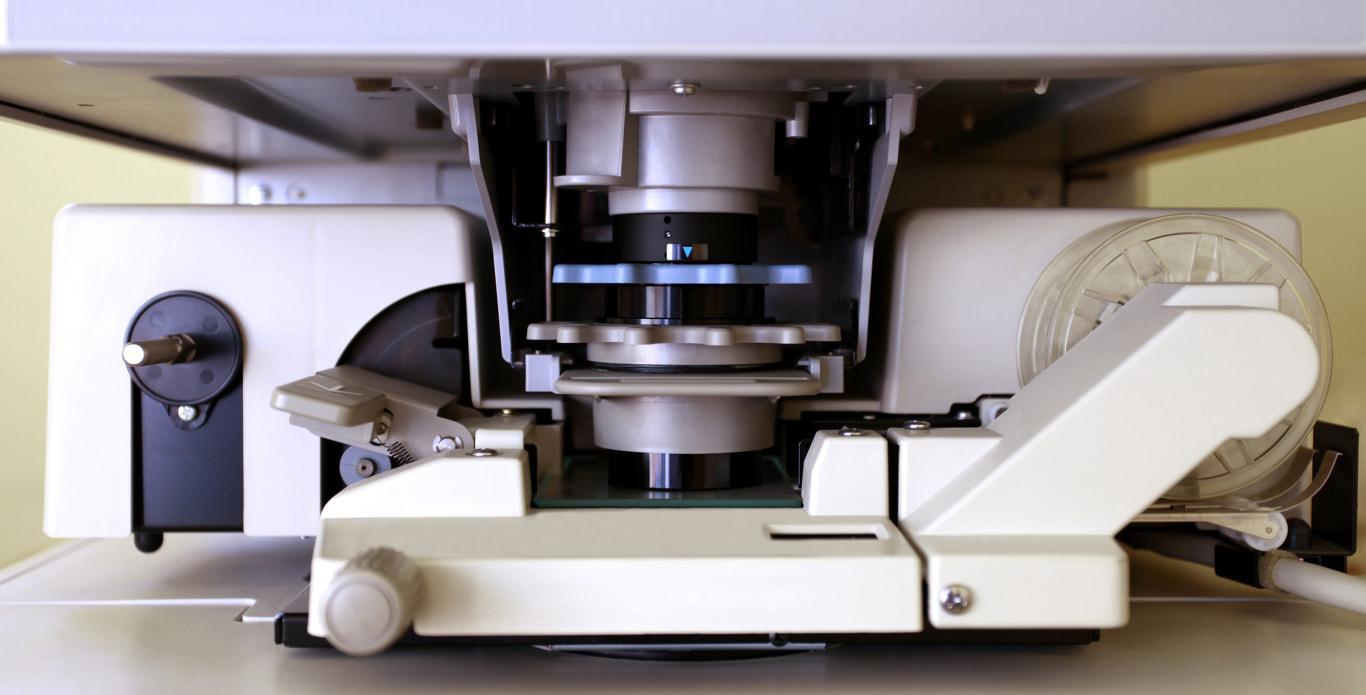Unveiling the Legacy: Exploring the Wonders of Microfilm
In the digital age, where information is just a click away, it’s easy to overlook the humble beginnings of modern document preservation. One such innovation that paved the way for today’s digital archives is microfilm. Despite its diminutive size, microfilm holds a wealth of historical significance and continues to play a crucial role in preserving our collective heritage. In this blog post, we’ll delve into the fascinating world of microfilm, exploring its origins, uses, and enduring relevance in an ever-evolving technological landscape.
What is Microfilm?
Microfilm is a photographic film containing microphotographs of documents, newspapers, books, and other materials. Typically, these microphotographs are reduced in size to fit onto a small strip of film, often measuring just 16mm or 35mm in width. Despite its compact form, microfilm can store vast amounts of information, making it an efficient and cost-effective medium for long-term preservation.
Origins and Evolution
The origins of microfilm can be traced back to the early 20th century when engineer John Benjamin Dancer first experimented with microphotography in the 1830s. However, it wasn’t until the mid-20th century that microfilm gained widespread popularity as a means of preserving and archiving documents. During this time, advancements in film technology, such as the introduction of safety film and microfilming equipment, made the production and storage of microfilm more accessible and practical.
Uses and Applications
Microfilm has been used in various applications, from archival preservation to data storage and dissemination. It is commonly used in libraries, archives, and government agencies to preserve fragile or deteriorating documents, ensuring their long-term survival for future generations. Microfilm has also been used for records management and compliance in the finance, insurance, and healthcare industries.
Enduring Relevance
Despite the proliferation of digital technologies, microfilm remains a trusted medium for document preservation. Its durability, longevity, and resistance to obsolescence make it ideal for safeguarding valuable records against the ravages of time and technological change. Moreover, microfilm remains a vital tool for accessing historical documents and primary sources, providing researchers and historians with a tangible link to the past.
Conclusion
In conclusion, microfilm may be tiny, but its impact on document preservation and access is immense. From its humble beginnings to its enduring relevance in the digital age, microfilm is a testament to human innovation’s ingenuity. As we continue to digitize and archive our cultural heritage, let us not forget the legacy of microfilm and its invaluable role in preserving our collective memory.




